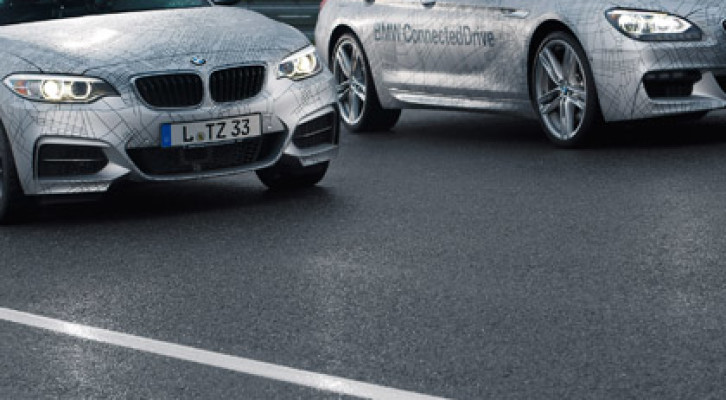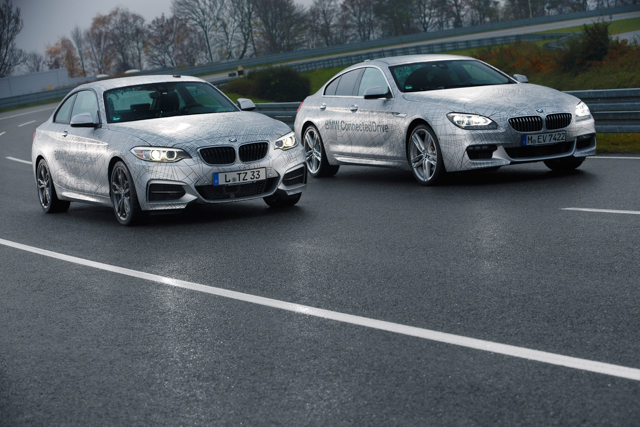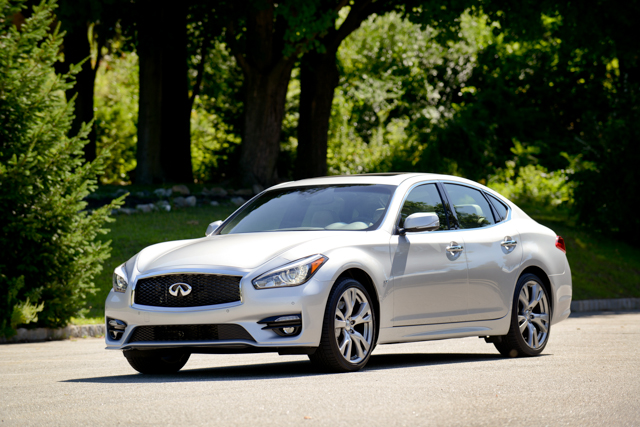The Consumer Electronics Show (CES) in Las Vegas is known for its annual host of aftermarket automotive features. As infotainment and vehicle connectivity have become bigger selling points, however, more manufacturers have gotten involved in the event. This year’s CES saw BMW, Audi, Kia, Ford, Volvo and others taking center stage with concept cars and new technology headed directly into production vehicles.
BMW set the pace with a range of new features enhancing multiple vehicle functions. BMW’s keen to automate its cars without diluting driving pleasure, so its new assistance systems and infotainment functions are designed to assist the driver rather than taking control. The BMW ActiveAssist system, shown in prototype form, combines a wide range of sensors to allow the car to practically drive itself through an autocross. The stability control doesn’t just brake spinning wheels to prevent spins, but can add in steering as well, keeping the car on its intended path. ActiveAssist can dial out understeer and correct oversteer with almost imperceptible tweaks that (in theory) don’t water down the driving experience. Additionally, a number of new camera-based driver-assistance systems help to reduce the cost of expensive radar systems while offering new pedestrian-warning and active cruise control with full stop-and-go functions. BMW also debuted an ultrasound park-assist system for parallel and pull-in parking. All of these functions come together on the fleet of “highly automated” prototypes that will hit European freeways in 2015.
The cutting-edge technological showpiece of BMW’s lineup, the electric i3, is now available with a remote app designed to function with the Samsung Galaxy Gear. This app allows the car to share diagnostic and other information with its driver via smartphone (or wristband, in the case of the Galaxy Gear). Linking BMW’s ConnectedDrive suite of vehicle-information apps to the latest tech is a vital component of “keeping up” with the rapidly changing face of electronics.





